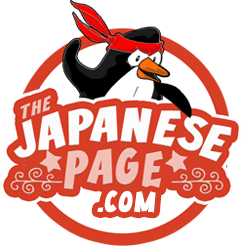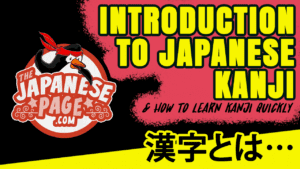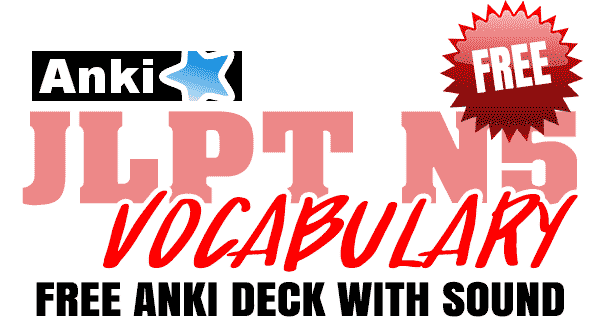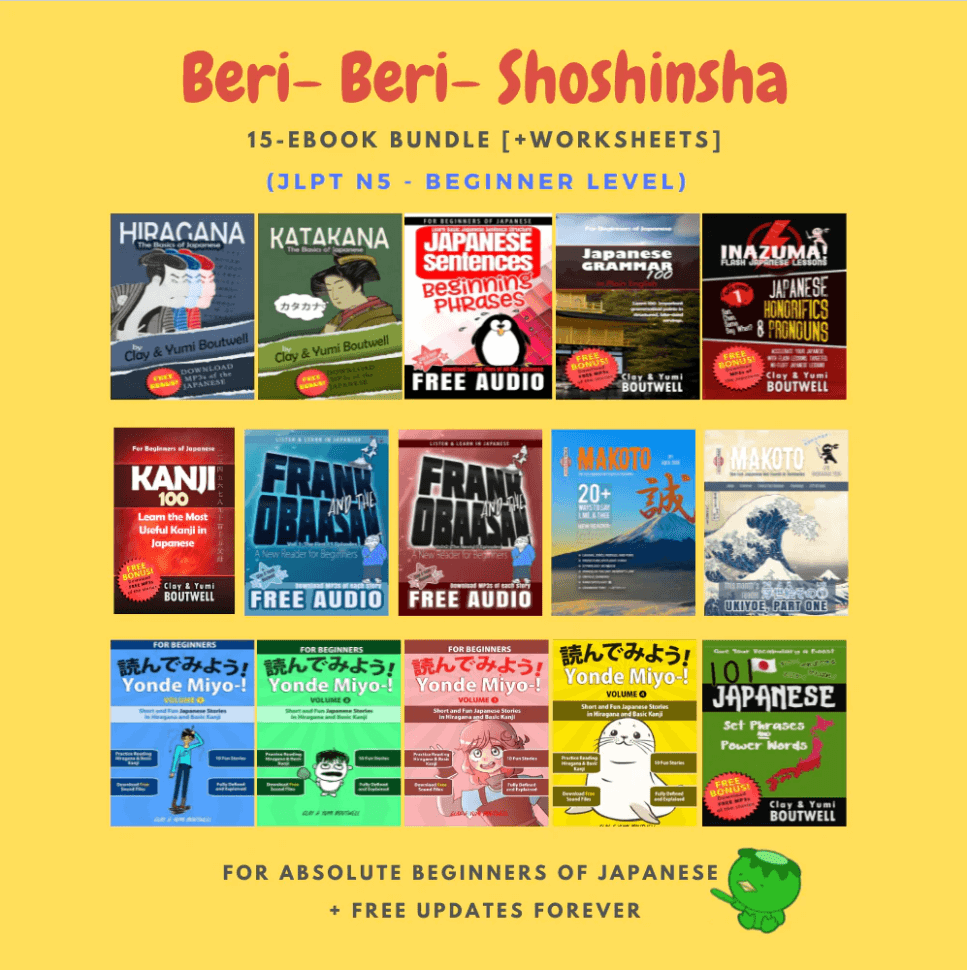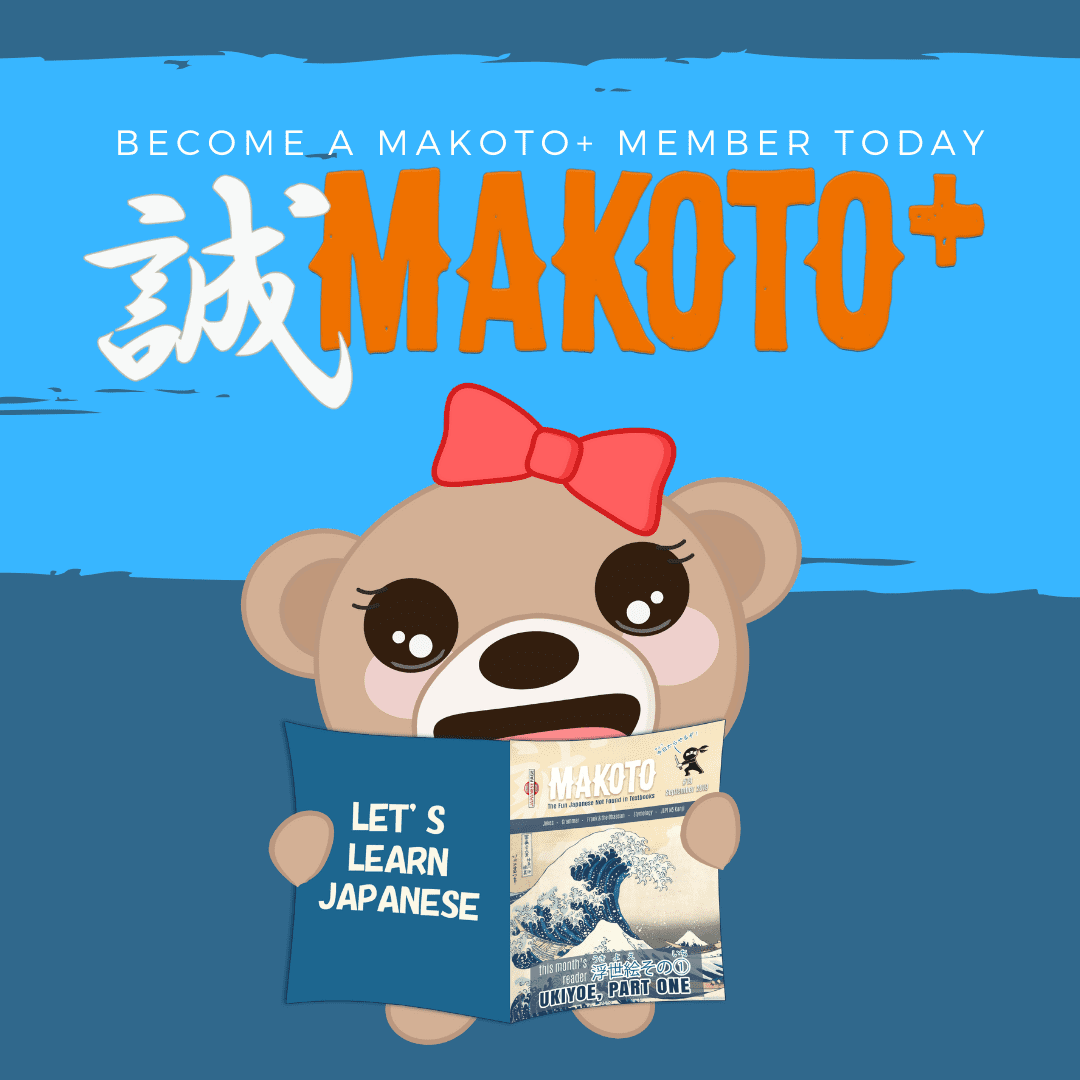Kanji 漢字

There are over 2,000 kanji needed to be literate in Japanese. But in reality, knowing just a couple hundred will allow you to read most anything with the aid of a dictionary. Very few foreigners have mastered kanji. Do you have what it takes to be one of the few?
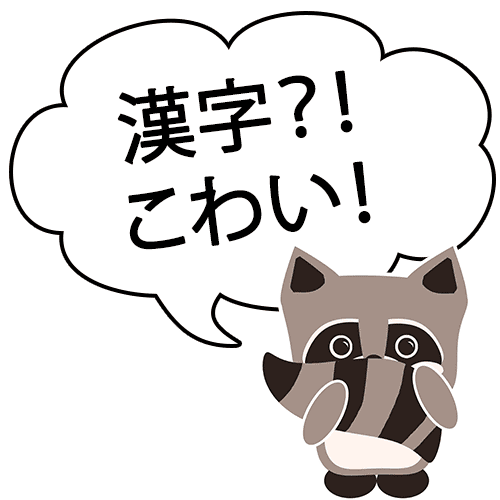
What are Kanji ?
Kanji make up the third part of the Japanese writing system after Hiragana and Katakana. Imported from China, at several stages, hundreds of years ago, these characters are used to represent core meanings such as nouns, adjective stems, and verb stems. The adjective and verb stems are usually followed by hiragana called okurigana.

Each kanji possesses two bits of information:
日
- Basic meaning: day; sun
- Pronunciations (Readings)
- Kun Yomi (Japanese native pronunciation(s)): ひ hi
- On Yomi (imported from China pronunciation(s)): にち nichi
(Note: there are other pronunciations, but these are the most common)
Why Study Kanji?
Before we go any further, why even bother with kanji? It is certainly the most challenging part of learning Japanese, and can't people just concentrate on conversational Japanese?
Well, yes, but you will be severely hampered.
1) Japanese isn't just spoken or heard while watching Anime.
It is also written, and if you have ever been to Japan, kanji is written everywhere. Signs, menus, newspapers, novels, and TV shows all have kanji in your face. Kanji is everywhere.
2) The primary function of kanji is to convey meaning at a glance.
This makes skimming text easier in Japanese--if you know kanji. With no spaces between words, long texts only in hiragana is a challenge. Kanji helps break that up while instantly conveying meaning.
3) Japanese has a limited number of sounds.
Because of this, there are a remarkable number of homophones, words that are pronounced the same but have a different meaning. Kanji makes it clear what the intended meaning is. In some cases, Japanese people will air-draw kanji to illustrate which homophone they mean--and this is real conversational Japanese.
4) Lastly, some good news.
In some cases, by thinking in kanji, you can understand vocabulary words you have never heard. You read that right. Sometimes, you can imagine the kanji for the sounds you hear and deduce the meaning of a new word. A simple example is 大 dai which means "big" or "great" and 好き suki which means "like." if you had never heard of daisuki, you can imagine the two kanji in your head and get a sense of the meaning: "big like" or "love."
Meaning and Readings
Unlike hiragana and katakana, kanji have meanings as well as pronunciations. And yes, both words are plural. Many kanji have several core meanings and pronunciations.
For example, 今日 (today) can be pronounced "kyou" or "kon nichi."
Wait, you say, there are over 2,000 characters and many have multiple meanings and pronunciations? Impossible!
Not impossible, but certainly a challenge. The reading of the above example, 今日, is understood in context. If you are reading a formal text, the pronunciation is surely "kon nichi," but it is otherwise usually pronounced as "kyou" as in:
今日はげんきです。
kyou wa genki desu.
I'm feeling fine today.
The good news is, you don't need to learn all the readings at once. In fact, I would recommend you concentrate on the meaning and only familiarize yourself with the pronunciation(s). You'll learn the pronunciations as you build your vocabulary.
By learning the basic parts of kanji, you can often find patterns and logical progressions. Also, while some kanji do have multiple meanings (本 can mean "book" or "origin," for example), most kanji have a single core meaning.
Pronunciation can be a little trickier, which brings us to...
On and Kun Readings
Remember how I said most kanji have multiple pronunciations? The main reasons for this are:
- Kanji were imported from China and the Ancient Japanese used Chinese pronunciations (at least, what they thought to be the pronunciations). These pronunciations are called the 音読み on yomi - On Reading
- But... Japanese already had words for many of the concepts found in the kanji. These pronunciations are called the 訓読み kun yomi - Kun Reading
- And... sometimes new Chinese pronunciations were imported as time went by. More On readings...
It's complicated.
But also fascinating. (Let's dwell on this second point, shall we?)
For more on the on and kun readings, click here.
How to Learn the Readings (Pronunciations) of Kanji
The best advice I can give for learning the pronunciation of kanji is to learn words and note the kanji in context.
For example, by learning these two very common words you will know the two most common readings for the kanji 新:
- 新しい atarashii - new [Kun Reading]
- 新聞 shin bun - newspaper [literally, "new hear"; On Reading]
As you learn vocabulary words, take note of the kanji used. Most often, jukugo (words like 新聞 that are two or more kanji stuck together without the okurigana (trailing hiragana) are On Readings (the pronunciations from China). So, if you see hiragana after the kanji, it is probably the Kun Reading (native Japanese pronunciations). If you don't see hiragana, it is probably the On Reading (from China).
See the full article on On and Kun readings for more tips.
How to Learn the Meanings of Kanji
You gotta love ’em! Create a desire to explore. Learning the kanji characters is a fascinating and rewarding journey, and if you can spark an interest in learning the characters, it can actually be a lot of fun.
Good news first: Kanji characters aren't randomly generated lines.
That's so important.
It isn't random. Every kanji is made up of parts, and many of these parts are reused in other kanji. Note: These are often referred to as radicals, but the word "radical" really refers to the traditional kanji parts used in kanji dictionaries. While this list is a great starting point, you should be free to decide which parts to use as a kanji part.
More good news: Many of these kanji parts have a clear meaning since the part is a kanji itself. If you can create a mnemonic story based on the meanings of these kanji parts, even seemingly complex kanji can be learned quickly.
Let's illustrate this by learning this cool word:
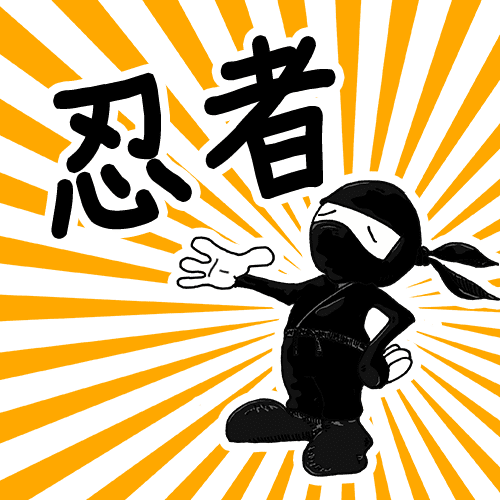
忍者
Yep, that the kanji characters for NINJA!
Follow this progression and see if you can remember it:
- 忍者 ninja is made up of two kanji:
- 忍 (endure; conceal; spy)
- 者 (a person)
- Before you panic, let's break down 忍. As I just said, this means "endure; conceal; spy" and is itself made up of two kanji parts:
- 刃 (blade) and
- 心 (heart)
- To endure as a spy, you must be willing to endure even a blade against your heart.
Say that mnemonic a few times. Visualize it in your mind. Make it vivid. A blade above the heart = "endure" or "spy."
That's good, but we can do better.
- 刃 is made up of 刀 (sword; katana--the sword of the samurai!) and a short line representing a blade.
For 刀, imagine in your mind the hilt of a sword or perhaps this is after a battle and the sword cut through a person leaving him with only his hips and legs -- whatever story you create, visualize it vividly as you look at the character.
For 刃, think of a samurai using his katana against something hard, leaving a line on the blade. - What about 心? Can't you see the coronary arteries coming from the 心 (L-shaped heart)?
- So the 忍 in 忍者 is a "blade to the heart" and this means to "endure."
My point is, within this single character, we have three important kanji:
- 刀 (katana sword)
- 刃 (blade)
- 心 (heart)
Got it?
And now, let's tear apart 者 which means "someone" or "a person":
- The top kanji part is 土 (earth; dirt) with a slash through it 耂.
- 土 is simply a cross in the earth. Think of the crucifixion: a cross in the earth
- Originally, this kanji part 耂 showed a bent-over figure with long hair. In other words, it represented "an old man." Think of an old man slashing the dirt to create a dust storm to shield him from the blistering...
- Sun 日. Since there are very few curvy kanji, the character for "sun" or "day" is 日. Think of the line in the middle as a sunspot.
Let's review. You should know all these kanji now:
- 刀 katana (katana; sword)
- 刃 ha (blade (of a knife or sword))
- 心 kokoro (heart)
- 忍 nin (patience; endure; stealth; spy)
- 土 tsuchi (earth; dirt)
- 日 hi (sun; day)
- 者 mono (a person; someone)
That was a little complicated for a beginner, but I hope you get the point. Once you learn the basic kanji such as 心 or 日 or 土, you will begin to see how the more advanced kanji are built. And if you create a vivid mnemonic story building from these parts, even the scariest kanji won't look too bad.
The key is to NOT study by rote memorization.
Our minds are designed for stories. How many times have you sat through a very boring speech and then the speaker tells a personal story or a joke (which is a funny story) and you perked right up? Stories grab our attention and can be a powerful tool for memorization.
Don't just look at a kanji and "memorize it." Learn it by breaking it down into kanji parts and then telling a story how the kanji parts build the kanji.
Here's another example. An easier one.
The moon 月 looks like the character for sun 日 but with legs. Think of the moon trying to run away from the sun since it usually only comes out at night.
While writing kanji is no longer necessary--I mean, when was the last time you actually handwrote any English?--by using mnemonic stories based on the parts, you will be able to recall the kanji from memory. This can be handy when you want to ask someone for a pronunciation. Oftentimes, Japanese people will air-draw a kanji with their fingers to ask which kanji they meant.
How to Learn Kanji Stroke Order
If you only have time to remember one thing get this:
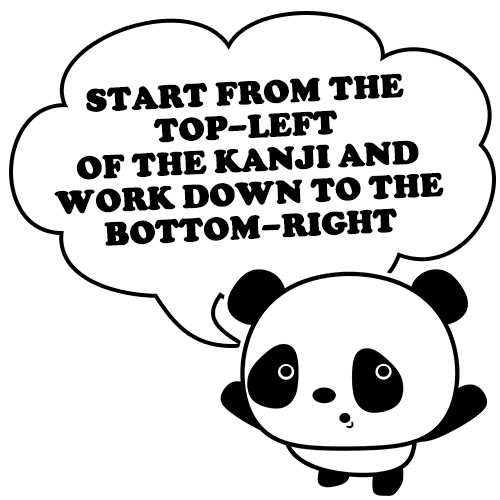
RULE #1: From top to bottom
三 san
(three 3) ![]()
言 (to say) ![]()
RULE #2: From left to right
州 (state) ![]()
And when you have both a
vertical & horizontal go horizontal first
十 (10) ![]()
But it wouldn’t be fun without exceptions!
田 (rice field) ![]()
王 (king) ![]()
RULE #3: If you have left, right and center options, work from the center
水 (water) ![]()
糸 (thread) ![]()
RULE #4: If there is an outside bit surrounding an inside bit, the outside comes first
国 (country) ![]()
風 (wind) ![]()
Except when the outside is shaped like a
“C”
区 (district) ![]()
RULE #5: If there is a vertical line going through other parts, it comes last or at least later
中 (inside, middle) ![]()
書 (write, writing)![]()
And if there is a horizontal line that overlaps other
parts, it goes last
女 (woman) ![]()
RULE #6: If there is an “X” or a crossing of diagonals the top-right to bottom-left goes first
文 (literature) ![]()
人 (person) ![]()
RULE #7: If there is a ![]() , it goes last:
, it goes last:
進 (proceed) ![]()
These 7 rules will not cover all
kanji, but knowing these rules will help to figure out most kanji
How to Learn Kanji
No matter the method, learning kanji is a huge investment of time. However, with technology such as Anki flashcard software and mnemonic systems (mentioned below), it has never been easier for an English speaker to learn kanji.
In short, I suggest:
- Finding a book that breaks down the kanji into kanji parts and uses mnemonics
- Then use Anki to study and review while thinking of the mnemonic story. Use Florian-san's JLPT N5 Kanji Anki (it has sound) for free.
- Finally, read, read, and read some more, and be intentional about the kanji and vocabulary you see. Add new words in context as a phrase to your Anki deck as you read.
That's not what I did.
Back in the 1990s I (Clay) studied kanji the hard way. I dutifully copied each character out a hundred times. My Japanese friends were always impressed by my kanji-filled notebooks. However, I paid very little attention to the kanji parts, thinking that rote memorization through repetition would make them stick.
Well, it sort of worked. I could read most anything (with a little help from a dictionary), but it was a lot of work, and if you had asked me to write the simplest kanji from memory, I would draw a blank despite having written that character a hundred times or more. Worse, kanji that looked like other kanji were a big problem. 掘 (to dig) versus 堀 (moat), for example.
However, saying all that, I would still recommend the total beginner to spend some time learning the first 100 kanji which are in the Japanese Language Proficiency Test N5 (the easiest level). The Japanese Language Proficiency Test N5 is the standard beginner-level test for learners of Japanese. You don't need to take the test, but following their kanji list can be helpful for learning the most useful kanji first. These are extremely common characters which will give you confidence that you are actually using what you are learning from day one. Plus, most of these characters are used in more complex kanji as kanji parts.
So, if I had to start over, I would do two things:
- Spend a few weeks learning the meanings and at least one pronunciation of the first 100 or so kanji for the JLPT N5. We present these here.
- Then, start a kanji textbook that uses kanji parts to tell stories (mnemonics) as I mentioned above.
In this way, you'll be able to start using your kanji from day one and once you have mastered the meanings and pronunciations (by learning a few vocabulary jukugo words using the kanji) of these 100, you will be well-prepared to start a structured kanji lesson plan that will take you through 2000+ kanji.
There are many mnemonic-based kanji learning systems. Two that I have some experience with are:
There are others, of course, and if you have used something else, please make a comment below.
It is a matter of taste. Many people swear by Heisig's Remembering the Kanji. It is an efficient way to learn the meanings, but not without a sacrifice. You aren't even shown a single pronunciation until book two--this is done on purpose, so you can concentrate on the meaning. Also, you learn fairly rare and complex kanji early on. It is true, learning the meanings of kanji is often more important, but I wonder how many people give up before the end of the course due to lack of motivation. After all, if you know the meaning, but can't express that meaning to someone else, do you really know that kanji?
That's why I recommend spending the first few weeks getting to know the JLPT N5 kanji. That way, if you choose Heisig, you will at least have knowledge of basic kanji which will make your studying more immediately useful.
However, if you are someone like me who had a good knowledge of kanji but easily confuses similar kanji, I highly recommend Heisig.
The other system I recommend is Kodansha's Kanji Learner's Course. Their support site has a lot of information: https://keystojapanese.com/klc/
The best thing is you can buy graded readers based on the order in the textbook to practice the meaning and pronunciations (through example vocabulary using the kanji).
This is kind of a hybrid system. Like Heisig's book, KLC tells stories based on kanji parts, but it also gives examples as you go through. It also weights more useful kanji early on.
Final Advice
Use today's technology to look up and examine kanji.
Many tablets and phones have built-in Japanese dictionaries that you can install for free. This allows you to tap and hold for an instant definition.
On your PC or Mac, you can use Yomichan for your Chrome browser to get instant definitions of words.
Kindle e-ink devices also have Japanese dictionaries which make looking up words a snap.
Anki is a free flashcard app (except for iPhone which costs money) which uses spaced repetition to show you cards you don't know well more frequently than cards that you do know well. There are many stacks available for free for learning kanji. I would also recommend creating your own stack and adding--manually--words as you come across them in the wild. The act of adding your own words will help with memorization.
A good friend of ours, Florian-san, created an Anki deck for the JLPT N5 kanji. He is offering it for free to everyone. You can download it here. It has sound files plus English and German options. (English is default, but you can turn on German)
Finally, be sure to read! Begin with the reading practice on this site and then search for the newly learned kanji in other contexts. It is an exciting feeling to come across kanji that you have just studied.
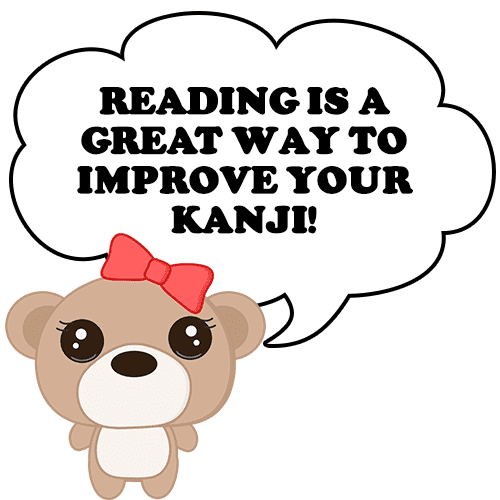
So, do some research, choose a path, and study kanji every day! Then, you will make progress.
